Open-plan home designs are becoming trendy again, so why not use the available space in your rental to make it more attractive for prospective tenants. Whether you’re aiming for a home office within a living room, or looking to merge the kitchen with the dining area, these spaces need to be well-designed to be able to take the best of both spaces. Smart decorating and styling ideas can make the spaces look separate but seamlessly integrated, which is much less complicated than it sounds. Make your remodeling plan, clear out space and safely store everything in a cheap storage unit and check out these eight tips for maximizing the open floor potential in your rental property.
Insist on symmetry
One way to give character to expansive space is to create a balanced look with larger furniture pieces. Make double the sofas for the seating area and counterweight them with a big dining table and a matching set of chairs, and the resulting symmetry will instantly bring order to the room. Use this setup as the frame on which to add moments of contrast like mismatched storage trunks or groupings of wall art.
Expand practical spaces
Open floor kitchens modern homes are often designed to be gathering spots, but instead of a classic kitchen/dining arrangement, consider a more eclectic approach by turning a kitchen island into an everyday dining surface with barstools, while keeping the seating area with heavy sofas and chairs right next to it. Such a space that capitalizes on everyday comfort and lounging is definitely going to make an impression on potential tenants.

Regulate foot traffic
By smart furniture arrangements, you can create specific stations within the larger space of your open plan area, and make the room feel more navigable. A big single room can feel directionless for people used to more compartmentalized dwellings with a central hallway and side rooms, while a huge room with dedicated ‘isles’ for conversation, comfort, eating, working, and preparing food is much more approachable. Between these stations, make sure there’s a clear path wide enough room for two people to pass by one another.
Plan for cozy corners
An open floor plan allows you a lot of creative freedom to create distinct areas that your tenants can use for specific purposes. If you don’t know where to start, look to the corners for inspiration. For example, a double wall of windows can make for a perfect reading nook heavy with lush potted greenery, while the opposite corner can become an intimate dining nook. To prevent those opposing nooks from feeling distinctly different, or you can create a more cohesive look through eh use of blue, white or natural gamut that spans both areas.
Choose consistent flooring
Rule number one for open floor rooms in rental properties is to use as few floor types as possible. Mixing different types like hardwood and vinyl in the same room chops it into smaller parts, roughly breaking the unity of the space. Consistency, on the other hand, doesn’t mean that the entire room should look exactly the same. By choosing quality flooring products of different accents, you can subtly distinguish different parts of the room. As materials are concerned, the best choices for rentals are durable floor types that can withstand a lot of traffic, such as teak hardwood or vinyl.
Try monochromatic color scheme
Sticking to a monochromatic color scheme is probably the safest option for both rental properties and open concept homes. Pick a color and use it in different shades and tones throughout the space. Make sure to include some patterns as well. Monochromatic decors are always welcoming for white or black details, but also try to add some interest with an accent color. For example, a monochromatic blue color scheme always benefits from a few splashes of rich red or orange.
Employ wood designs
Although heavy furniture pieces such as big upholstery and a banquet-sized table will make use of an open floor plan beautifully, there’s a lot of charm in wood pieces with slender silhouettes, as well. Tailored mid-century-inspired wood designs can infuse the space with a refreshing modern appeal while maintaining the whole room weightless. Besides, the slim designs allow for plenty of walk-around space.

Create a modern great room
Take inspiration from elegant and sophisticated great rooms with soaring ceilings and tall windows, which were used for open living and dining in past centuries. In the latest trend of reviving baroque interior décor, attract quality tenants of style by creating a great room with a modern sensibility. Instead of going overboard with patterns, rich leathers, and deep colors, give it a try with a pair of simple and bright sofas, gold and crystal accents, and minimalist abstract art that acts as a bridge between the seating and dining area.
Open-plan homes enhance the feel of a space, boost social interactions, and improve the efficiency of usable space, so it shouldn’t surprise why such rental properties, like downtown Columbus apartments are in high demand with both families and young couples. As the concept evolves, less and less interior designers speak of it as a trend but rather an opportunity that can be exploited with great success.
If you are planning to put your home on sale in the near future, chances are that your prospective buyer will be a Millennial. This working-age generation is currently between 23 and 38 years old and ready to choose and settle in a property and this is where your offer steps into the picture.
Therefore, to reach a fair price for your lovely home and to make sure that it goes into the hands of people who will take care of it, you need to learn as much as you can about millennial tastes. With that in mind, here are 4 steps that will help you stage the house in a manner appealing for a typical millennial.
Work on the curb appeal
Most buyers know from the first moment they see a house whether they like it – a great interior may sway them to change their opinion, however, this first impression is essential for their decision-making process. This means that you have to trim the grass and any bushes that you have in front of the house, to make it presentable. Also, make sure that the driveway and everything else is clean since almost every millennial dislike messy views. Another thing to consider is to change your front door because this generation takes pride in being eco-friendly while old doors with their many cracks and holes are not so energy-saving.
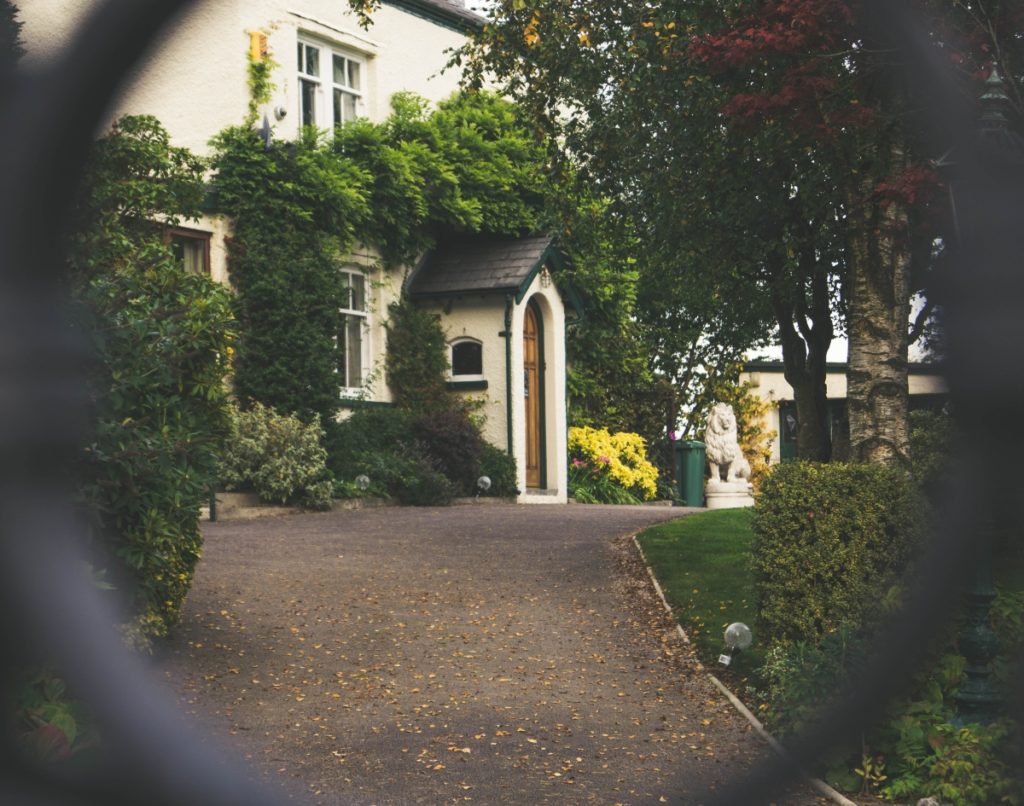
Tidy everything up
As mentioned, clutter and uncleanness is not something that millennials can stand. They prefer minimalism and everything having its place in the house so a dusty collection of old memorabilia will not be attractive to them. The first piece of advice is to declutter the rooms so they seem as if they only have essentials when it comes to furniture and decoration. It may seem like an undertaking but it really doesn’t have to be time-consuming and it will also be useful to cut down the number of things you would be transferred to the other home you will be living. The second piece of advice is to scrub everything clean since simple and clean is what millennials look for.
Pay attention to the room layout
Fragile figurines and expensive furniture that is a hassle to clean do not make up a room display approved by millennials. Their love for the visual simplicity and open spaces is no secret so providing them with the feeling of open space could be a perfect idea. If a renovation project is not something your budget can sustain, you can achieve a similar impression by getting rid of chunky furniture and leaving more free space. Another thing which might tip the scale to your advantage is a pet-friendly rug because this generation has taken the love for animals to a whole new level. Besides being beautiful, these rugs are durable and can stand being vacuumed daily, as well as a bit peed and nibbled on by the little groomed angels.
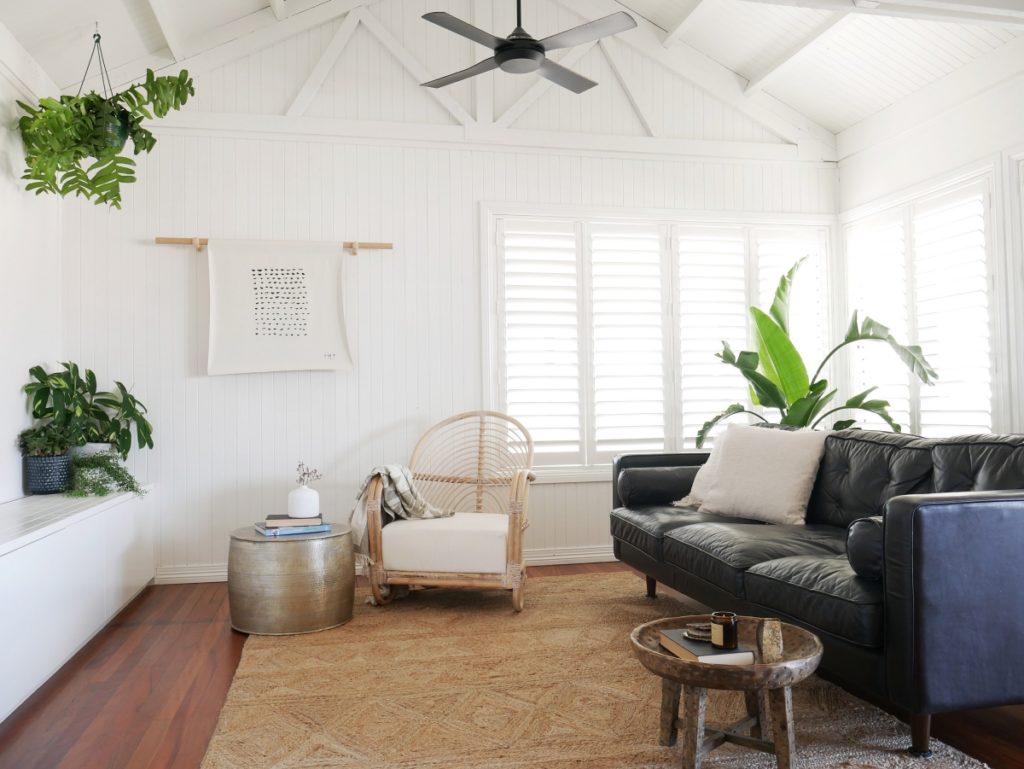
Transform the spare room into an office
If you have a spare room you are using as storage space, you might want to put it to another use. Millennials often work from home or run their own business, so the idea of a house already having a home office would be pleasing. The trickiest thing about turning your storage room into an office space is getting rid of all those things you don’t need. Once you are done with that, all you need to do is set up a table and a chair next to the window and make sure they have enough power sockets for their many gadgets. Then you can place your laptop on the table and gingerly arrange some pens, notes and a coffee mug, to look as though you just left the table. This will certainly leave a strong impression and make them decide on your house.
The perfect starting point with staging your house for a millennial buyer is thinking from the environmentally responsible perspective. A messy driveway with garbage everywhere and rooms filled with unnecessary things are in no manner eco-friendly so decluttering and cleaning everything are the first steps to boosting the appeal of your home.
In line with thinking green, millennials will not find luxurious decorations attractive because they always aim for simplicity. So, it is best to put away your fragile expensive trinkets and leave the bare essentials and a lot of free space because too many things can make the room be stifling. If you sprinkle your house with thoughtful elements such as office space and pet-friendly additions, you will be on your way to winning over their hearts.
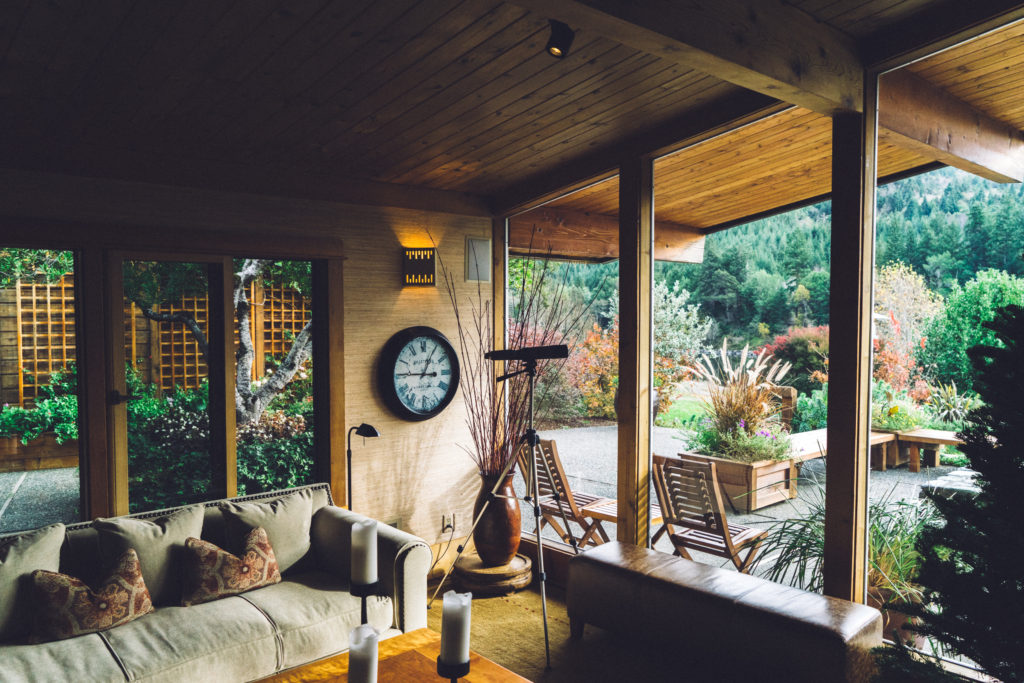
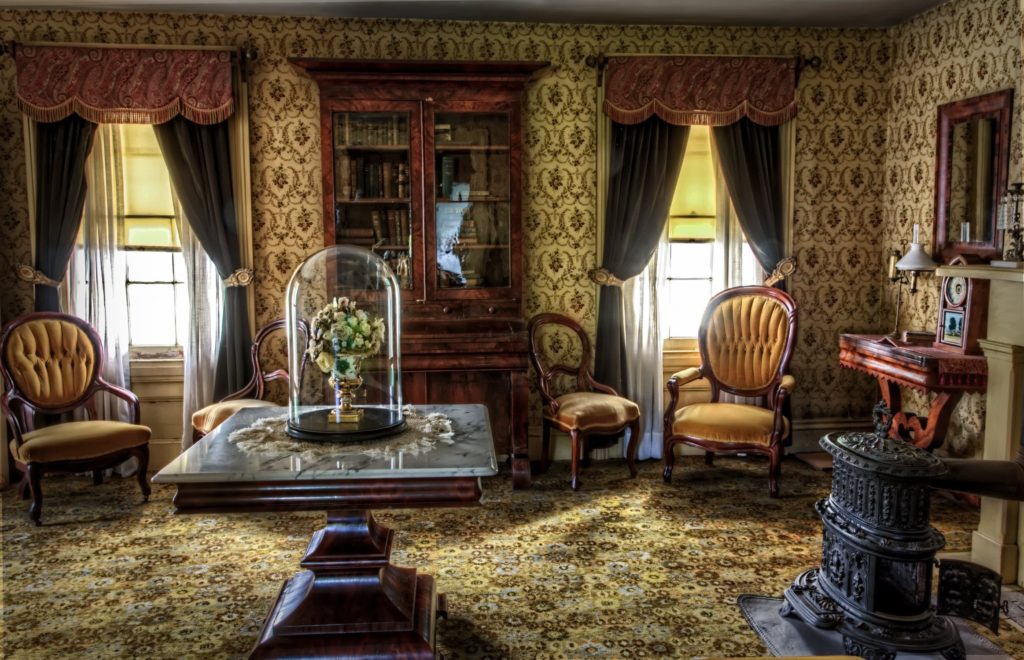
When remodeling your home to give it a more vintage feel, there are some tips that can help you get the look you want and save you money at the same time. By doing the remodel yourself, you may be able to find deals on genuine vintage items at a lower cost than the faux vintage items an interior designer might use. Additionally, consider these suggestions for making your home look more traditional and feel inviting to your family and your visitors.
Lighting Décor Really Drives the Ambiance Home
One of the most important concerns in choosing décor for your home is how it will contribute to the overall theme. By selecting period-appropriate lighting, you can reinforce the idea that your home is a step back in time. Today, many lighting companies recreate vintage looking appliances that work on today’s power consumption and energy conservation requirements. You may find gas lanterns that have been refurbished to provide electrical lighting or antique lamps that have been rewired and rated efficient for use in the modern environment.
If you can’t find exactly what you’re looking for, don’t give up in frustration. Many lighting companies will take on custom orders, if you contact them and describe what you want. Suppose you have old lanterns and you want them rewired and updated for today’s standards. You can request an estimate from a local lighting company, or you might prefer to go to a certified electrician to do the job for you. Either way, a little research will uncover options you might not have otherwise considered.
Color Helps Create Authenticity
Suppose your remodeling is almost done and you have all of the furnishings and décor to give your home a vintage look from your favorite era. All that’s left to do is slap on some paint. Easy enough, but, if you’re not careful, the color you choose could throw off that authentic feel completely. That’s because each era has its own color palette.
For instance, the 1900s saw a culture rebelling against the industrial revolution, so most homes were dressed in soft and neutral hues. It was also the heyday for Frank Lloyd Wright’s organic take on architecture. Everything from structure to color was intended to create a calming effect and help to take people away from the dirty, bustling industries now overcrowding Main Street. The best colors to use for this era are pale pinks, ivories, light greens, and soft oranges.
It may take some research, but you can find the best color schemes for whatever era you’re hoping to recreate. If you are trying to give your home a vintage look, why not go the extra mile and ensure you’re using the best color choices?
A Word About Moldings and Fixtures
By adding crown moldings and wainscoting to any wall or door, you can enhance the beauty of the room. In a darker room, add white wainscoting to create contrast, while also choosing a style that enhances the vintage theme of your home’s redesign. Adding wainscoting to wine cellar doors can help them stand out and create a focal point in the room.
Similarly, it’s important to select the right fixtures and tiling for your home. Much like the lighting, many manufacturers create vintage fixtures that are functional and adapted for modern homes. They’re most commonly found in big chain hardware stores or online, but you may also be able to find genuine vintage fixtures in antique stores or at flea markets. In selecting the right fixtures, pay special attention to the texture and character of the items to ensure they’ll enhance the theme of your home.
Tile flooring can also be found in a variety of styles, many speaking to decades gone by. If you’re uncertain what to choose, traditional black and white tiling is an excellent default choice. It has often been used for kitchens and bathrooms in a number of eras. You might also choose rustic-looking wood tiles or stone tiling, depending on your chosen era.
Conclusion
When remodeling your home to fit a specific theme, special care has to go into every aspect of the redesign. Many of your fixtures, lighting appliances, and décor may best be found at yard sales, antique stores, and flea markets, while hardware stores offer a wide selection of moldings and wainscoting. In paying attention to the smallest details, you can create an overall ambiance that may even exceed your dreams.
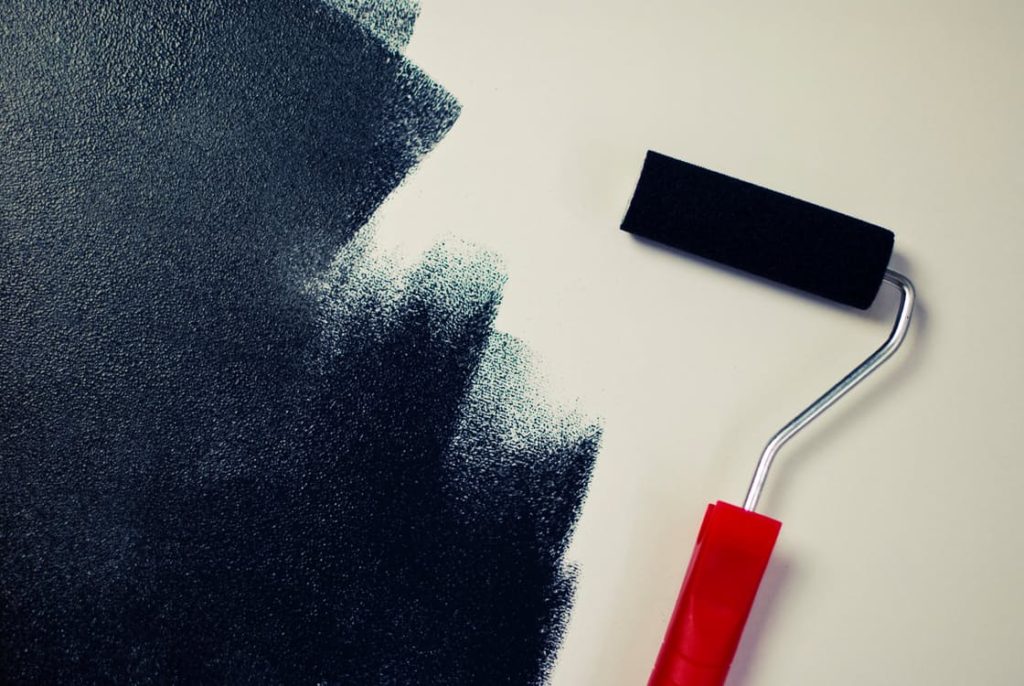
Renovations that Increase a Home’s Value
All home renovation projects are not created equal. Some add a significant percentage of the cost directly to the home’s value and some not so much. So before you take out that second mortgage and dump it all into remodeling projects, take a moment to read through our list of projects that add the most bang for your buck to the bottom line. Stay tuned to the end for advice on what traps to avoid.
The King of Improvements – The Front Door
According to Remodeling magazine’s Cost vs. Value report, a new front door should be on the top of your renovation tips. The report claims adding the correct front door to your house returns a 96.6 percent increase as a portion of the purchase cost. Think classy and one that fits the style of the house. Don’t forget that a simple paint job might create the same payoff. A new door might not be sexy to think or talk about but it gets the job done.
More Space
Today’s buyer is looking for open space and good flow in a house they buy. ThisOldHouse.com quotes Kristin Wellins, Senior Manager of Program Development at ERA Real Estate: “Right now buyers want a wide open floor plan, the living room right off the kitchen. They are into big spaces.” Achieve this by taking out a non-structural wall or the kitchen island. Keep in mind that some people LOVE an island, though. One option is to have a movable version that can be relocated or even hidden away when not in use.
Front Yard
Sprucing up the front yard is about as exciting as painting the front door, but don’t underestimate the value of pruned shrubs, new pavers, colorful flowers, and a fresh mowing. You’ve probably heard the phrase “curb appeal.” The bottom line is that if you don’t have it, don’t expect buyers to give the house a second look. A well-tended yard builds confidence that the inside will be just as thoughtfully cared for.
Siding
Remodel research shows that new siding adds a full 92.8 percent of purchase price to the home’s value. Anything over 90 percent is an impressive return. A siding upgrade can turn a dingy, blah exterior into something that grabs the eye. Yes, it could be considered expensive and you may need some heavy construction equipment to help you with some of the heavy lifting but when you add almost the full cost to estimated value, maybe it’s worth the plunge.
Basic Systems
If any of your home’s basic systems aren’t functioning up to par, you’d be wise to spend money toward that end before ponying up thousands for a kitchen or bathroom remodel. We’re talking about plumbing, electrical, heat and air, windows, and the roof. Why so important? Think about it like this. If you were in the market for a new home, would it make a difference if the ceiling leaked, half the outlets didn’t work, and the toilet backed up with every other flush? You bet it would! If you ever plan to sell the thing, rest assured you will never get your full asking price if a major system is faulty.
High Tech Amenities
Homeowners often wonder if it’s worth the cost to spring for a home theater The short answer is it depends. Houses that go for $375,000 and up in the Los Angeles area can forget about selling if they don’t have dedicated media room. A $100,000 house in a senior community in the middle of rural Missouri might think someone had wasted good time and money on the same room. Before deciding, talk to local real estate professionals. Know the market demographics and what is in high demand before taking that particular plunge.
The Bottom Line
We promised a quick discussion about which remodeling projects to avoid. Two to pay attention to are kitchen and bathroom makeovers. While it’s true these are the first places people look when evaluating value, keep an eye on costs before undertaking either project. Don’t spend more than 25 percent of the home’s estimated market price for a new kitchen and stay below 12 percent for a bathroom update. Now get to it, and pump up the value.
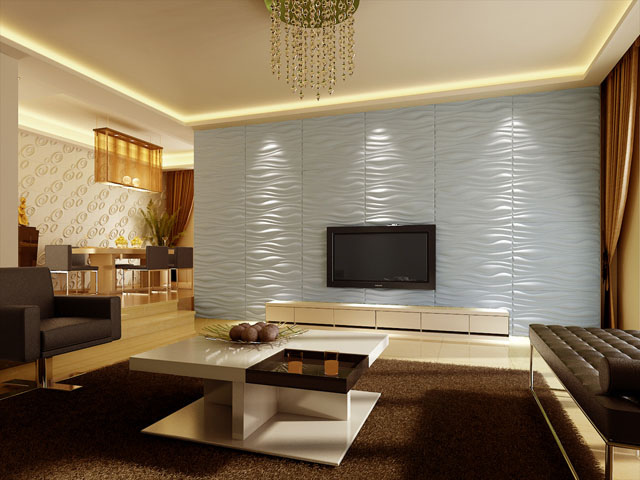
Having a home theater used to be considered a luxury reserved only for the wealthy. Key theater elements such as impressive sound systems and high-quality seating were once entirely too expensive for the average homeowner. However, today these things are affordable, meaning that anyone can build the theater of their dreams in their own home.
If you are looking to elevate your TV room to a theater masterpiece, there are some key accessories that will transform your movie-watching experience in no time
1. Black-Out Curtains:
A good set of black-out curtains is one of the most inexpensive items on the list, but a necessity nonetheless. Movie theaters are dark for a reason; by keeping the room dark, the picture on the screen can look its best as it is unaffected by light interference. Invest in a pair of black-out curtains which will completely block light out of your room.
2. A Quality Sound System:
One major difference between watching a movie in a movie theater and at home is the quality of sound. Movie theaters use surround sound which allows you to hear sound all around you. Also, movie theater sound systems pick up a wider range of frequencies so that the sound is much more realistic.
Investing in a good sound system is essential, and luckily, quality sound systems are more inexpensive than ever, with many exceptional systems costing under $2,000. Plus, most of these new models take up less physical space than they ever have.
Despite the fact that they are more affordable than before, this is definitely not a place to skimp as the quality of sound will make or break your movie-watching experience.
3. A Large, High-Quality Screen:
You can’t watch a movie without a screen. To really mimic the feel of a movie theater, you will want a screen that is at least 50 inches wide. There are countless high-definition LED televisions on the market that come in a range of sizes. These can be fairly expensive, however, especially when you opt for a larger size.
Luckily, there are many high-quality movie projectors which will cost you under $1,000. Many projectors offer features like 3-D capabilities and high-definition viewing.
To complete the theater experience, invest in a wall mount so that your screen is attached to the wall. These mounts are inexpensive but make a big difference when it comes to creating the feeling of a real movie theater in your own home.
4. Comfortable Seating:
No matter how good the movie is, it’s hard to enjoy a film when you are sitting in an uncomfortable chair. Comfortable seating is a crucial part of the movie-watching experience.
Reclining chairs are a favorite for home movie theaters, allowing the viewer to truly relax while enjoying their favorite film. Quality back support is a must as chairs with poor back support will cause pain and discomfort which will ruin the movie-watching experience. Extra features like heating and drink holders add an element of luxury and will be loved by all your guests.
Now that you have all the elements you will need to create a movie theater in your own home, there are some important tips to keep in mind while you put the room together. First, it is crucial that you do not place your speakers on any pieces of furniture. This will muffle the audio as the furniture will absorb much of the sound.
Secondly, arrange your room in a way that those entering or leaving the room will not be walking in front of the screen. This can majorly disrupt the viewing experience for the rest of those watching the movie.
Lastly, remember that the space between your screen and your seating has a large effect on your viewing experience. Sitting too close or too far away will negatively impact the way you perceive the quality and details of the movie. There are online calculators which will determine the ideal space between your seating and your screen based on the size of your room and the size of the screen itself.
Building a theater in your home is easier than ever, and by following these simple instructions you will have the ultimate theater masterpiece for friends and family to enjoy forever.









